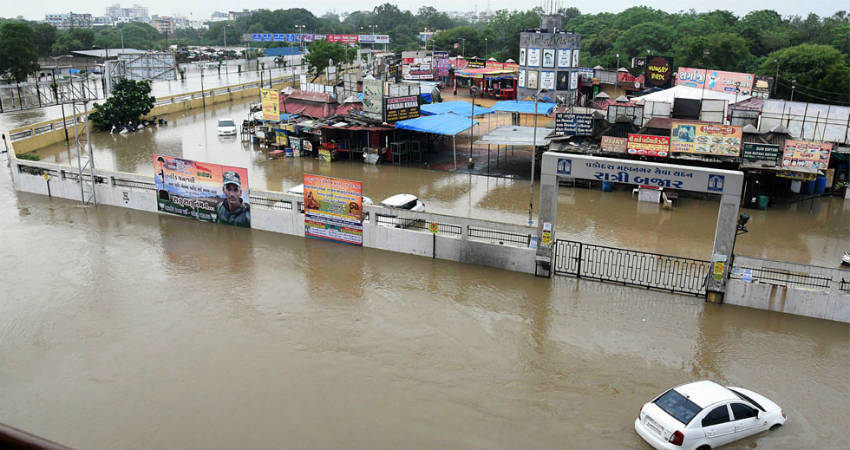
Remember the video that went viral featuring crocodiles swimming in streets preying on stray dogs? Well, the recentVadodara Floodsare not to be easily forgotten.
And these floods aren’t happening for the first time. Back in 2014, similar urban floods with roaming crocodiles were a sight in the city.
But why did thesefloodshappen? Was excessive rainfall the only reason or there was more to the story? Let’s trace back the possible reasons.
According to the Gujarat Ecological Society these floods were more of a failure of the drainage system rather than being just a repercussion of the river water flowing into the city.
The same Society notes that Vadodara is losing its wetlands, with a fast pace. Between 2005 and 2018, the city has lost about 40 hectares of land, previously marked as wetlands.
Another organization, ‘Concerned Citizens of Vadodara’ points out the case of illegal dumping in Vishwamitri river. A huge amount of construction and demolition waste is dumped regularly into the river.
The government looks at the floods, the other way which is also something that needs to be considered and requires an immediate change.
Vadodara had received an incessant 500 mm of rain within a few hours before getting flooded this season. The government says, “However, water drains in Vadodara are built to handle 1200 mm of rain annually.”
According to recent environmental studies,high intensity rainfall eventsare only likely to be more and more frequent in the coming future.
This clearly means that our cities whether ‘smart’ or not, need to improve in terms of efficiency in handling rainfall events. This can start by increasing the density of rain gauge stations.
We also need to speak in terms of hourly intensity of the rain (mm/hour) and not just in annual terms (mm/year). For instance, Bengaluru now has 100 rain gauge stations constantly monitoring rainfall intensity and volume. However,Mumbai still has a long way to go with just 64 rain gauge stations. Granular data emerging from highly dense gauging devices will only help us learn our lessons better.
The need of the hour is a radical change in the thinking process. We need to consider our rain absorbing wetlands at the altar of thinking that only considers construction and building as ‘development’. Maybe we need a comprehensive performance audit of the urban floods in Vadodara (and many other Indian cities). Electronic media typically misses out on stories of post-disaster relief. We need to question why floods have become an ‘urban’ phenomenon in our times. Otherwise, doomsday is just a Monsoon away.
Image Credits– Zee News
Any information taken from here should be credited to Skymet Weather




